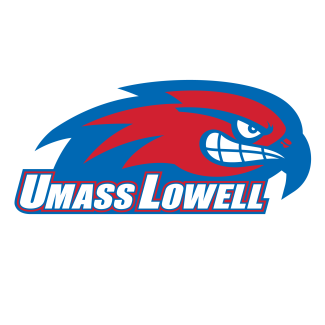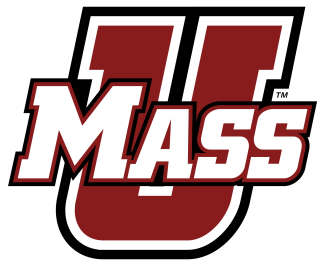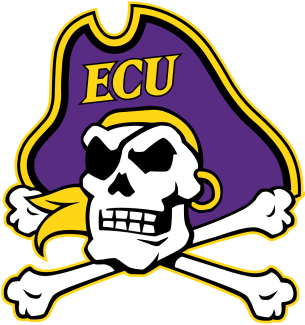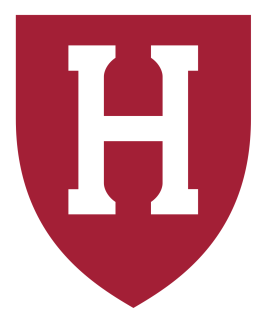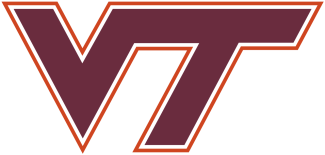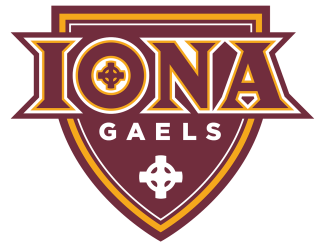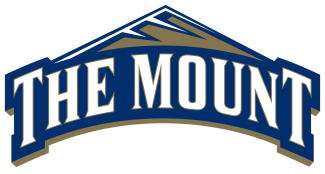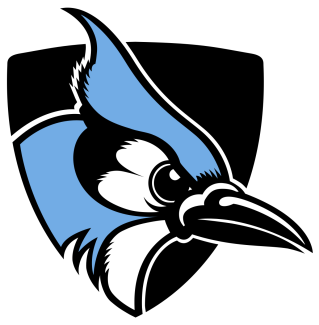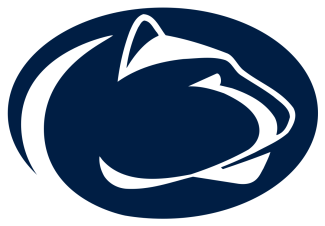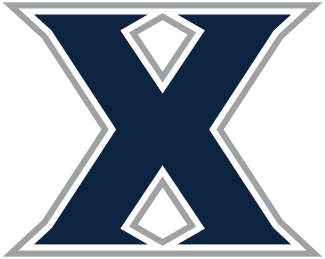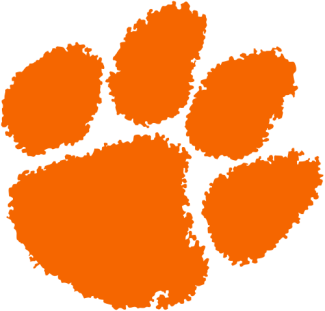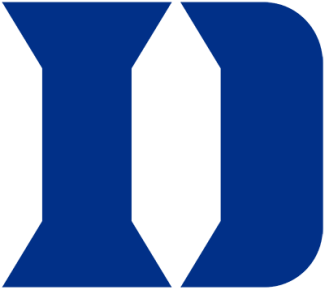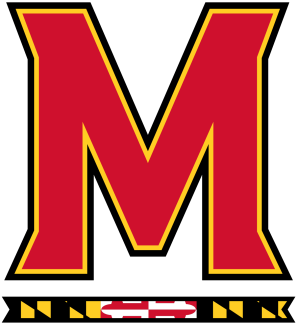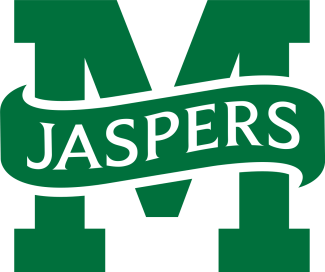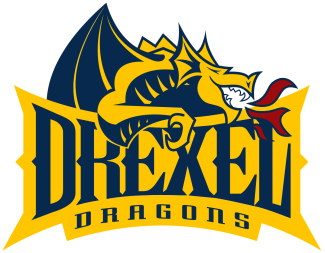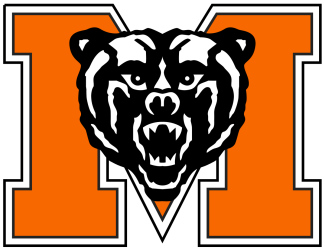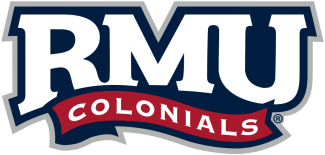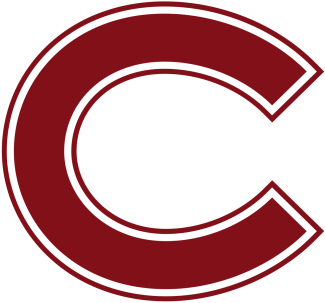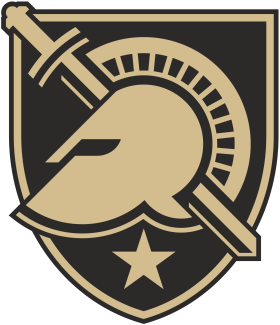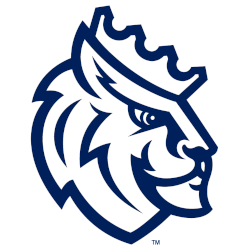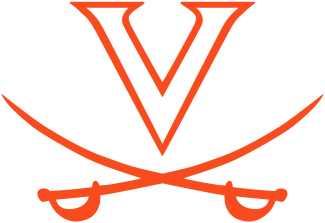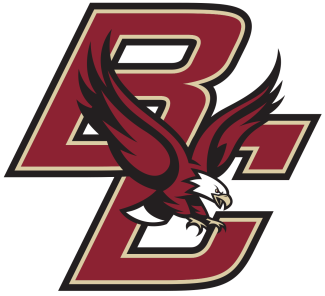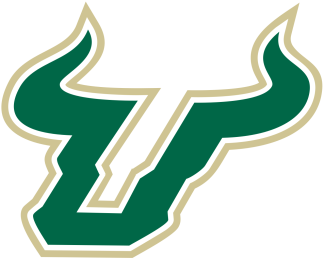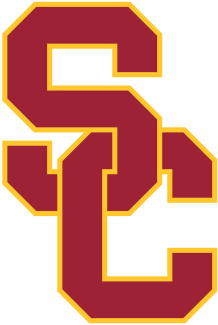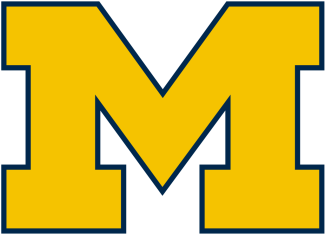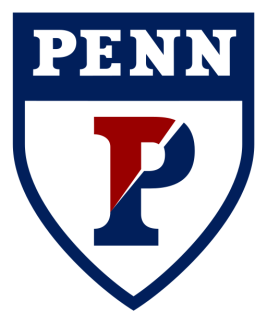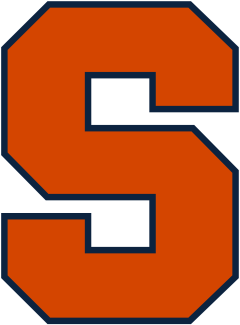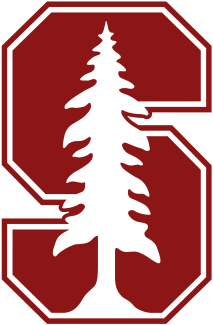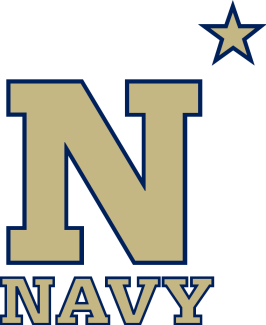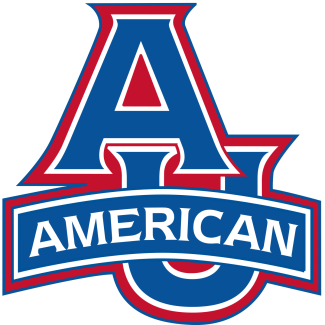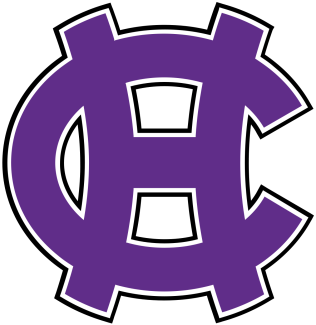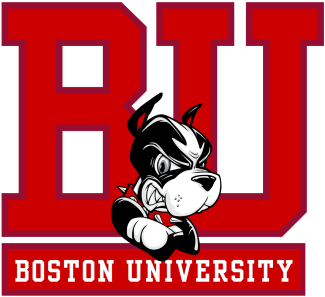Cornell pushed aside Ivy foe Brown 10-8 in the first round and then traveled to Army for what turned out to be the first great NCAA tournament game. It seemed possible the up-tempo Black Knights would simply wear down the Big Red over the course of the game.
Instead, Frank Davis scored four goals and midfielder Bob Shaw scored three times and played a key role down the stretch as Cornell claimed a 17-16 victory.
“Supposedly, [then-President Richard] Nixon was at West Point that day reviewing the corps of cadets,” Moran said. “I’m sure they were pretty inspired, but so were we.”
In some ways, the title game was anticlimactic. Moran maintained a rigorous training program throughout the postseason and had Cornell fully prepared for Maryland, which came out of the southern half of the bracket.
There was a hint of what was to come when Cornell arrived for its practice session at Hofstra the day before the championship game.
“On the bench, they had left a scouting report — I’m sure it was accidental,” Moran recalled. “But it was very limited on what Cornell had and what they could do. In fact, one of our players, who was strictly left-handed, they had that as a right-handed shooter. We realized it was something they put together quickly. … I’m not sure exactly what their preparation was like, but I know we put a lot of mileage into our preparation.”
Sure enough, Cornell jumped to an early lead en route to a 12-6 victory. Alan Rimmer scored the last six goals, and Bob Buhmann — who played in place of an injured Rule and wound up as an honorable mention All-America pick — made 22 saves.
And with that, the first NCAA lacrosse title was in the books.
“You have such a bond with those guys, because we all know it was a very special, unique thing that could happen,” Rule said. “Winning a championship, right, but winning the very first one? Not that it wouldn’t have been great if we won in 1980, but winning the first one is like winning the first World Series or the first NFL championship. It kind of means something. It sets off a whole new era in a sport, and that’s what I think we did.”
The first-of-its-kind title game drew 5,458 fans, a massive crowd for its time. Today, the tournament semifinals routinely draw more than 30,000 fans and the championship usually attracts at least 25,000. The tournament field has doubled in size from eight to 16 teams and is televised in its entirety. The last 17 championship weekends were played in NFL stadiums.
And the ’71 Big Red have a secure place in history. Cornell helped set the trajectory for where college lacrosse is a half-century after NCAA sponsorship began.
“Life is made of memories, and for all these young men to be able to carry this for 50 years [is special],” Moran said. “We had blazers made up; we had shirts made up over the years. We’ve been honored at halftime of NCAA games. It was something for other schools to reach for. We might have gone down the yellow brick road. The beautiful thing about it is, we opened the door to every other school that was playing lacrosse. I think it’s tremendous, because I personally believe it helped the growth of lacrosse.”
